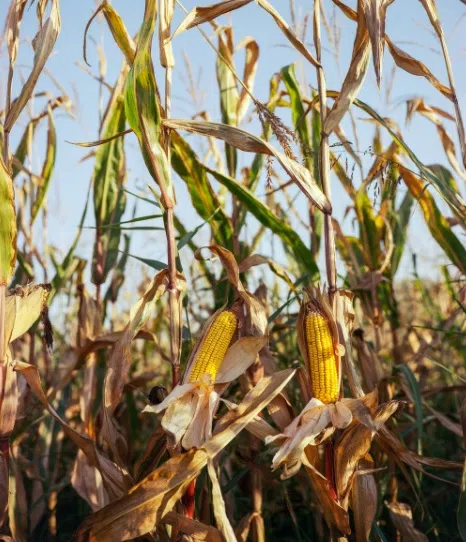Corn farmers in Minnesota are facing tough decisions when it comes to input costs, hybrid selection, and market volatility. At the latest “Strategic Farming: Let’s Talk Crops!” session, University of Minnesota Extension experts shared insights on maximizing yields while keeping expenses under control.
Hybrid selection is key, says Dr. Jeff Coulter, a U of M Extension corn agronomist. He recommends choosing hybrids from the top 20% of performers in trial data and planting only those that show consistent success.
For optimal planting dates, Coulter advises waiting until soil temperatures reach the mid-40s and are trending upward. Corn planted between April 20 and early May sees the best yields, while delays past May 10 can start to hurt production.
Seeding rates are another cost factor. Coulter’s three-year study in southern Minnesota found that planting 34,000 seeds per acre was just as effective as 38,000 seeds, meaning farmers could cut seed costs without sacrificing yield.
On weed and pest control, U of M experts emphasized using preemergence herbicides followed by postemergence applications to limit weed growth and protect yields. Fungicides and insecticides should only be applied if scouting confirms economic thresholds have been met, to avoid unnecessary expenses and pesticide resistance.
For fertilization, farmers were encouraged to follow U of M guidelines for nitrogen, phosphorus, and potassium application. Split applications of nitrogen don’t consistently pay off unless dealing with sandy soils or other high-loss conditions. Farmers should purchase fertilizer based on cost per pound rather than marketing claims.
Finally, with trade uncertainties looming, grain marketing economist Ed Usset reminded growers of the 2018 trade war, when corn and soybean prices dropped 20% within two months. While not a prediction, Usset reinforced the need for farmers to stay informed about market trends.
With corn and its by-products adding $5 billion in export value to Minnesota’s economy, making smart, research-based decisions will be crucial for the 2025 growing season.
________________________________________

Strategic Farming-Navigating Corn Production in 2025
Feb 18, 2025 | 6:27 AM